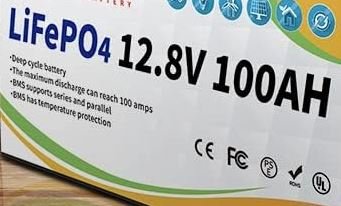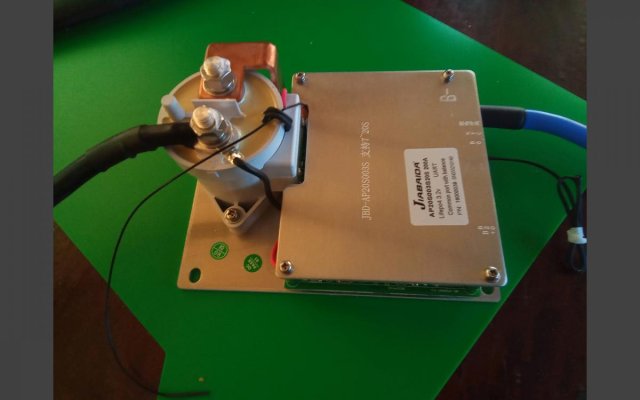I have been looking at the finalized ABYC E-13 specification in the context of the numerous general and specific exceptions in E-11 (and elsewhere) applying to "self-limiting" current sources such as alternators and generators.
My interpretation is that a 'battery' (of any chemistry) that contains within it a BMS that disconnects the cells internally when discharge current exceeds a safe threshold is by definition a 'self-limiting' current source.
In testing an inverter-charger for a system I am planning to install, I used two such batteries (12v 100AH LiFePO4) in series connected to a 24v inverter. The batteries are UL listed and each battery will self-limit current to 100 amps. Because the batteries are in series, this provides redundancy in the BMS system; if one BMS fails to disconnect at >100A, the other battery would disconnect; shutting off the current from both batteries. I was able to confirm this in pre-installation testing when the inverter/charger tried to draw more than 100A from the LiFeP04's, the BMS systems shut off current within seconds. My tests confirmed this behavior at around 115 amps.
@CharlieJ, I would suggest to ABYC that batteries with internal current limiting protection be identified as examples of 'self-limiting' current sources. This interpretation would also save a huge amount of money in terms of heavy gauge wiring which (in the case of Lead-Acid batteries) is appropriately sized according to the maximum current available. For example the present requirement to size battery cables and inverter case grounding cables according to the maximum CCA/MCA or 'incendiary potential' of a 'dumb' Lead-Acid battery typically results in the need to cable with 4/0. Cables sized according to the 'self-limiting' exception would be much smaller and could easily cut the cost of cabling up an Inverter-Charger by a factor of 5-10x. As an additional benefit, this interpretation would reduce the incentive for installers to skip or scrimp on the critical case-ground conductor, usually the single most expensive electrical conductor on any boat.


